SDS Holds Protest as 2020 VP Debate Occurs at the U
Protesters marching in Salt Lake City on Oct. 7, 2020. (Jack Gambassi | Daily Utah Chronicle)
October 8, 2020
On Oct. 7, 2020, Students for a Democratic Society held a protest in Salt Lake City as Vice Presidential candidates met to debate at the University of Utah, to raise awareness of issues they believe the Vice Presidential candidates have failed to act effectively on.
The protesters met at 5 p.m. at Sunnyside Park and planned to march to a location one block away from Kingsbury Hall on Douglas St.
The protest was centered around SDS’ eight points of unity which include demands such as quality housing for all, defunding the police and ending all deportations.
“We’re in a time of crisis. The fatal flaws of our system starkly stand exposed by the brutal pandemic. Those in power have accurately manipulated and taken advantage of this crisis,” said Josh Memmott, a member of SDS and an organizer of the protest.
SDS collaborated with several organizations such as Pink Pistols, For the People, the Green Party Utah and Just Media Utah.
“We need to understand the needs of a working-class people of color, transgender people being denied care by doctors, the women on the border who are having their reproductive agency completely stripped,” said Ermiya Fanaeian, the director of the Salt Lake City Pink Pistols.
Marchers took to the street, walking down Guardsman Way towards Kingsbury Hall where a police perimeter and other protesters for Trump were located.
Passing the Pie Pizzeria, SDS protestors walked down 1300 E towards President’s Circle, encountering counter-protests. Both the Salt Lake City and West Valley City Police were present in full riot gear, holding the intersection of 1300 E and 200 S.
When asked why full riot gear was necessary when the protest was intended to be peaceful, one police officer commented they were trying to maintain control of the situation and keep the two groups from getting into conflict.
Memmott stressed the importance of deliberate peace at the beginning of the march. Still, a few altercations occurred. The first, which happened near Rice-Eccles Stadium, involved an unknown car and several SDS protesters. Members of SDS security were telling cars to stop, however, the car continued forward. No one was injured.
Verbal altercations were consistent throughout the protest area. Cars honked both in support and opposition of marchers. Chants of “Black Lives Matter” and “Blue Lives Matter” were equally loud.
SDS protesters were forced by a barricade and armed officers down one block, to Douglas St. Counter-protestors remained on 200 E.
Multiple counter-protestors were allowed to cross the intersection’s police line with others voicing their support of the police to the stationed officers.
“We were separating. That was one group, this is a different group. [Counter-protesters] are behind barricades,” said one member of the police.
Two members of the Proud Boys, self-described “western chauvinists” but regarded by some as white supremacists after the first presidential debate, said they were at the protest to support President Trump.
“We are the Proud Boys. We are here because we support Donald Trump and Mike Pence,” said Jed Burnham, the chaplain of the Proud Boys.
A moment earlier, a Black woman named Elizabeth Cloud had attempted to speak to the Proud Boys, but Burnham said repeatedly he could not hear her.
“We were having some sort of argument or whatnot, and he kept saying ‘sorry I can’t hear you’ but then responded to everyone else around me,” Cloud said.
When asked about Trump’s interpreted failure to denounce white supremacy at the Presidential debate, Burnham and another Proud Boy disagreed.
“He has denounced white supremacy on a million occasions. He said it five times, what’s six times going to make a difference?” said one member of the Proud Boys.
The attending Proud Boys also said they do not believe that Trump gave them the directive to “stand back and standby.”
Allie Stuberg, senior studying sociology at the U and vocal Trump supporters said she believed that it does not matter what Trump said about white supremacy, it matters what he meant.
“No one announced it the way it was supposed to be said. Republicans took it in a good way, and the Democrats took it in a bad way. Do we have any recordings of Trump saying this is exactly what I meant?,” Stuberg said.
When asked what brought her to the protest Cloud said “my Black life”.
“It’s hard to see so many people in opposition of my existence,” Cloud said.
Undecided freshman Emmett Eberle said he attended the protest, not in favor of either candidate but to explore the political discourse, although he leans right.
“It really has been interesting,” he said. “There’s nothing that I could be doing right now in my dorm that would be better than seeing people protesting and exercising their rights. I think that’s great.”
While there was some conflict at the protest, SDS believes the protest was successful.
“We had to guide protestors in the dark, we had to maintain energy in a smaller crowd, and we had to keep our protestors safe from both police and counter-protesters. Even with all that, I am positive that it was worth all of the anxiety. It was powerful and it bodes well for our community,” said Colin Hancock, a third-year student studying chemical engineering, and helping out with security at the protest.
k.silverstein@dailyutahchronicle.com
p.nielsen@dailyutahchronicle.com
a.perno@dailyutahchronicle.com
This article has been updated to reflect the path that protestors took; they walked on 1300 E and 200 S, not 200 E.
This article was updated on Oct. 9, 2020 to reflect that the Proud Boys are “nationally” regarded as a white supremacist group to “regarded by some as” a white supremacist group, and includes a link to a New York Times article. This article also included a description of where protesters were standing while interviewed, but was removed due to subjectivity.


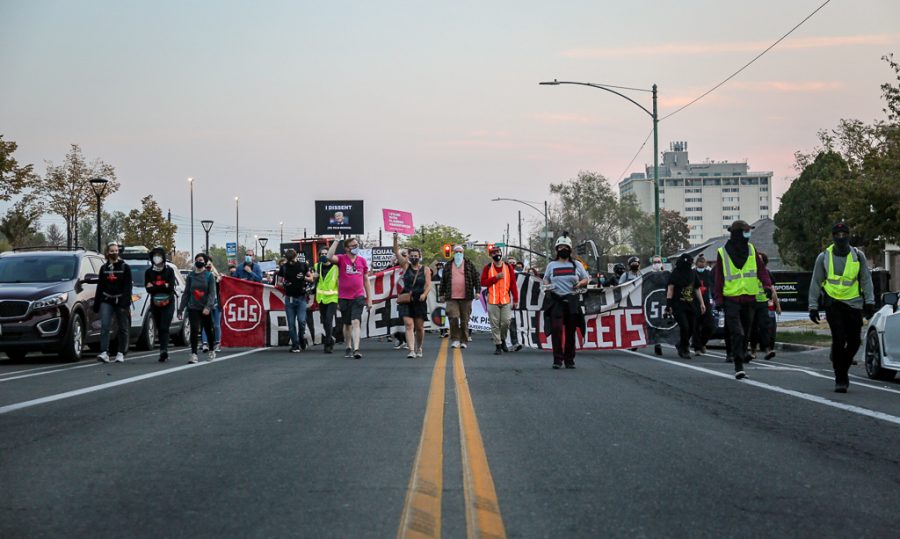
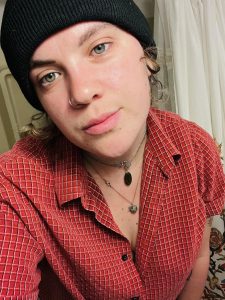

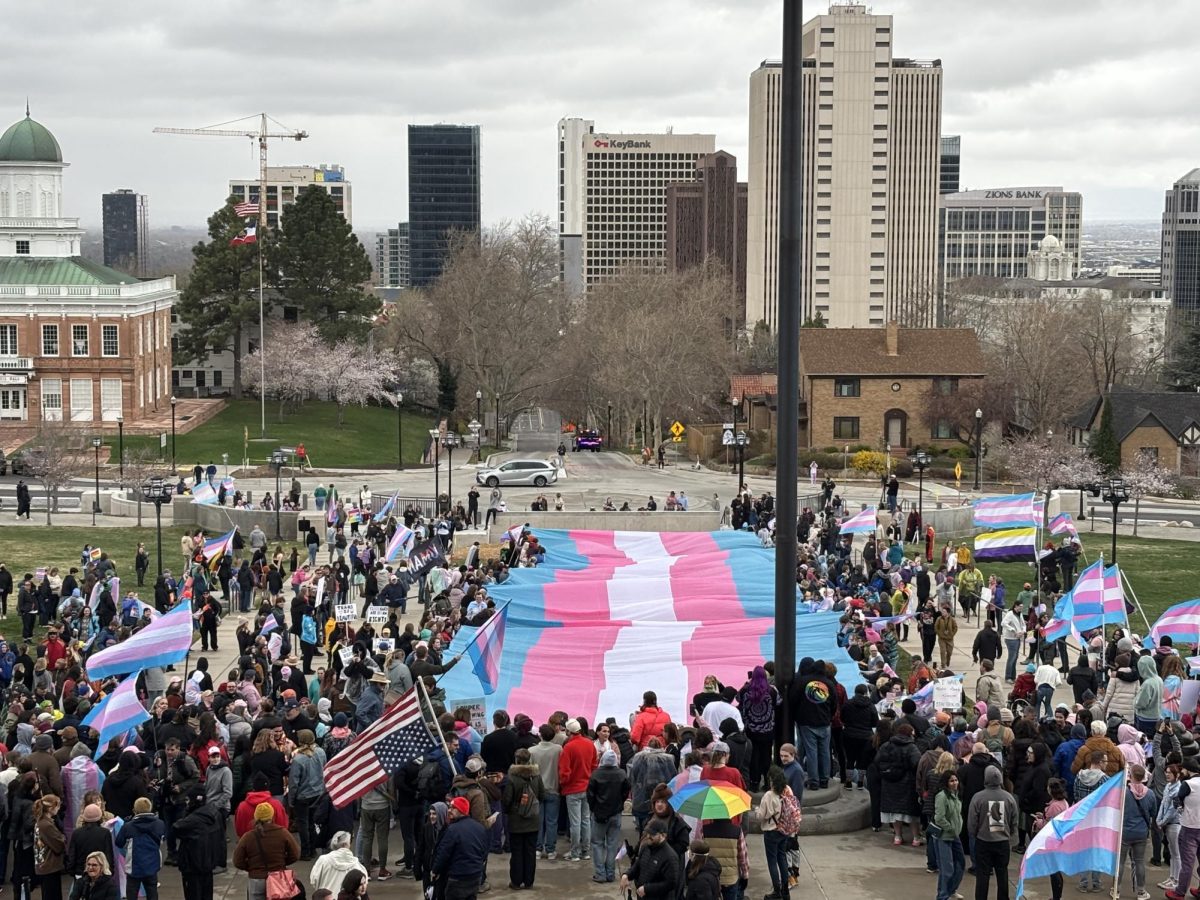
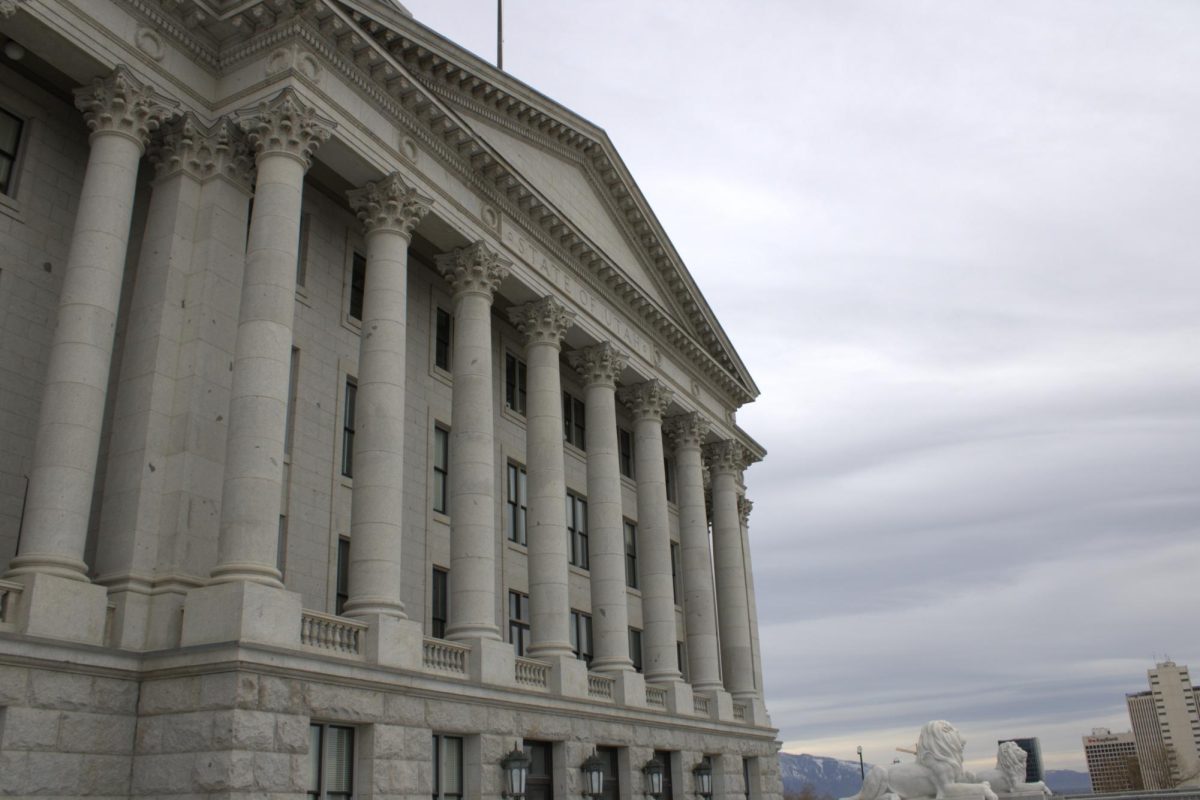
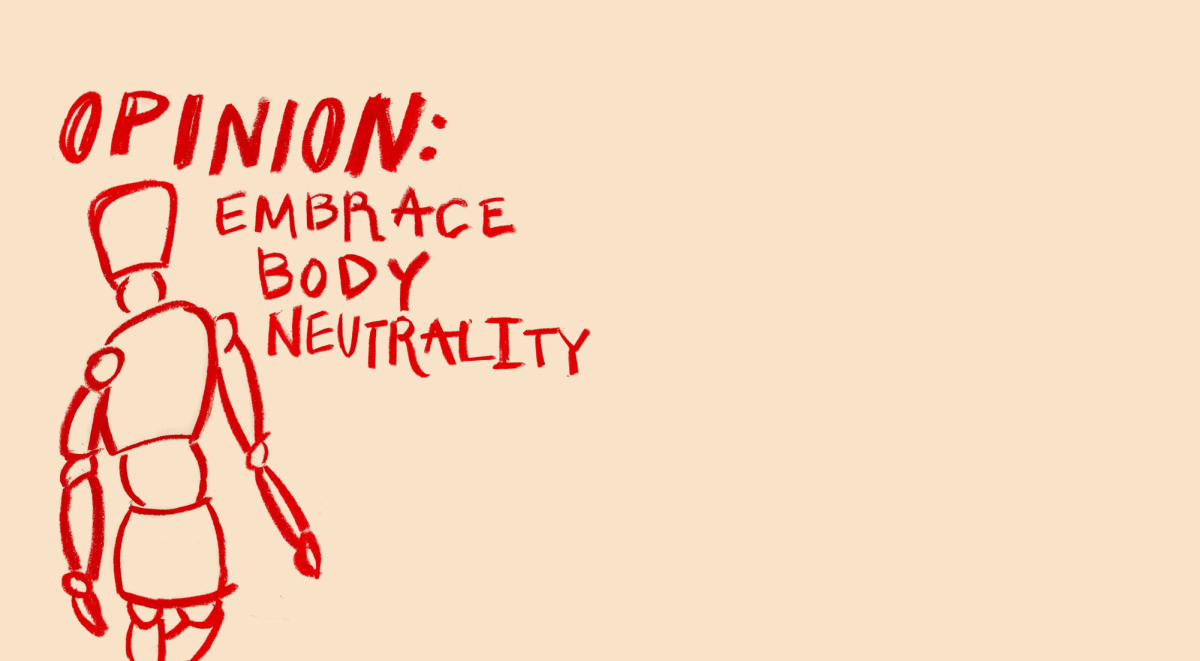
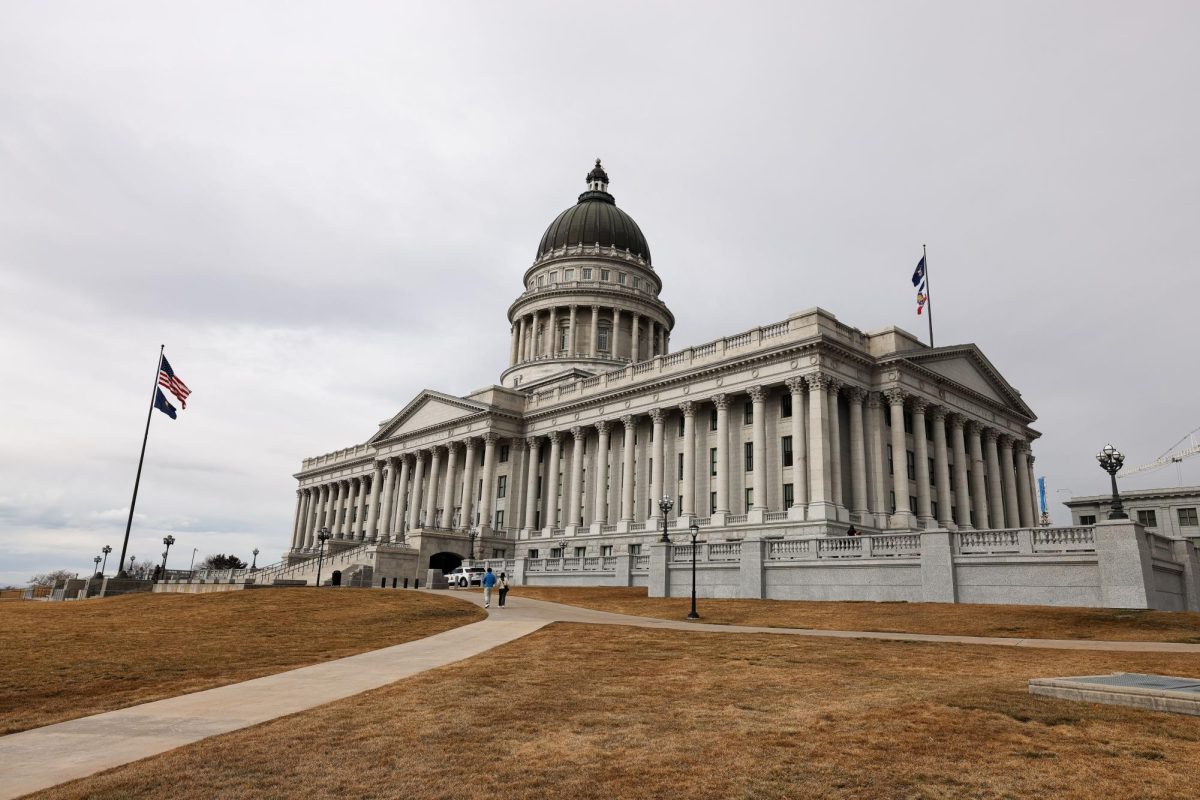





John S • Oct 8, 2020 at 9:03 pm
Talk about biased journalism…
Concerned Student • Oct 8, 2020 at 3:16 pm
“Members of SDS security were telling cars to stop , however the car continued forward. No one was injured. ”
Is this some kind of a joke? Why should this group get to decide to shut down a street? Let’s see their permit if they have one.
“Both the Salt Lake City and West Valley City Police were present in full riot gear, holding the intersection of 1300 E and 200 E. ”
FACT CHECK… 1300 E doesn’t intersect with 200 E.
“SDS protesters were forced by a barricade and armed officers down one block, to Douglas St. Counter-protestors remained on 200 E.”
FACT CHECK… once again you don’t mean 200 E
“Two members of the Proud Boys, self-described “western chauvinists” but nationally regarded as white supremacists, said they were at the protest to support President Trump. ”
Regarded as such by whom? Are they or aren’t they white supremacists? Either call them that directly or link a source who is willing to do so.
Rating: pants on fire!